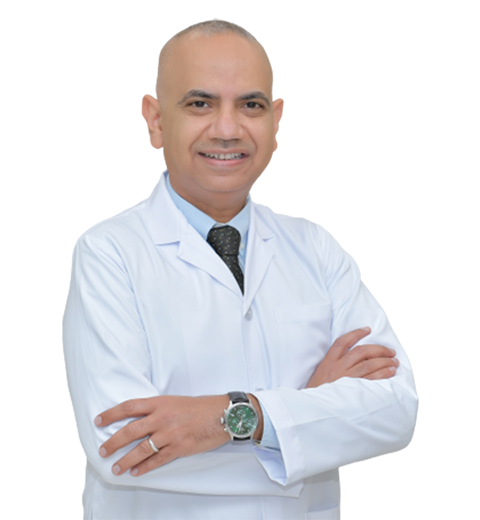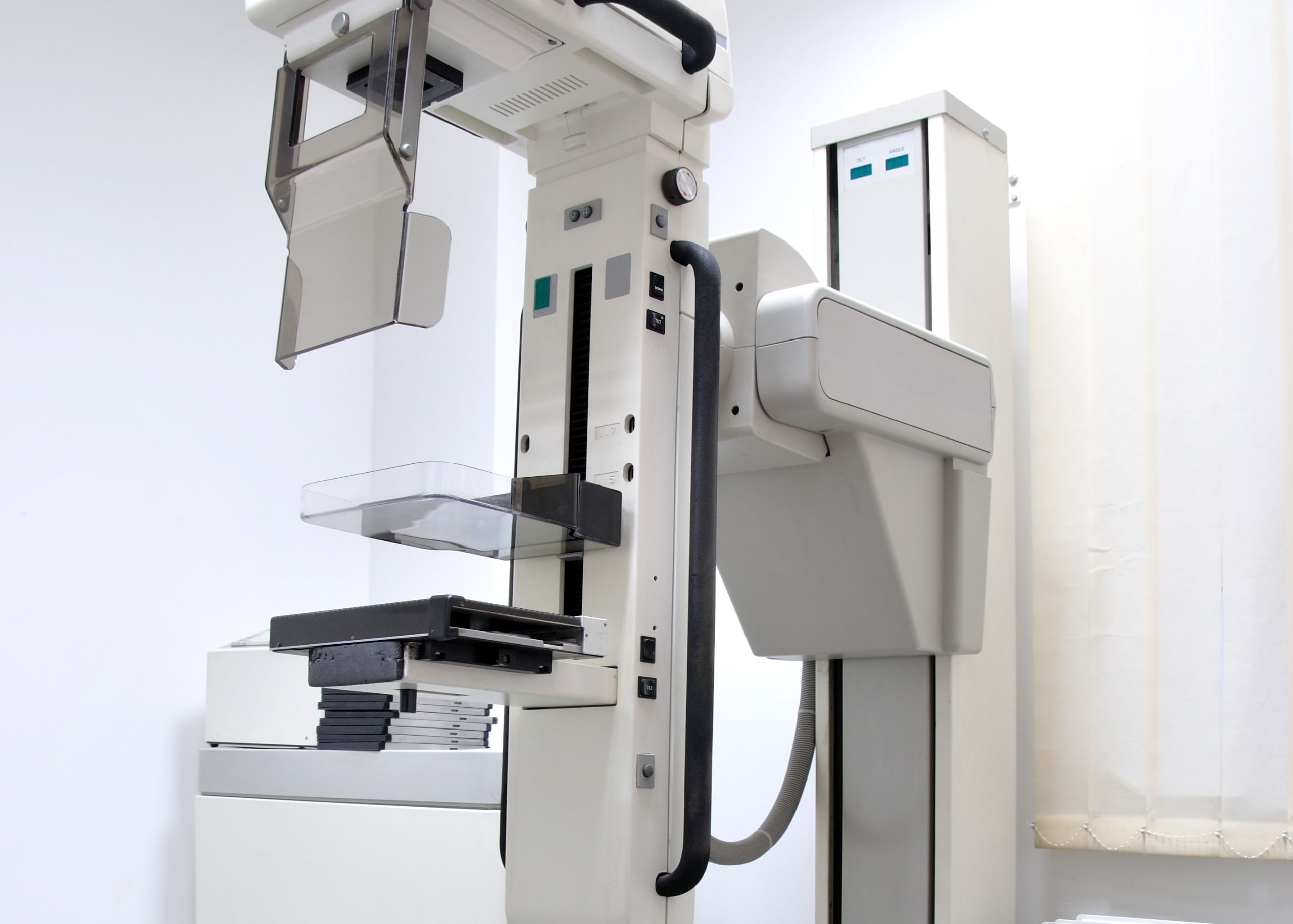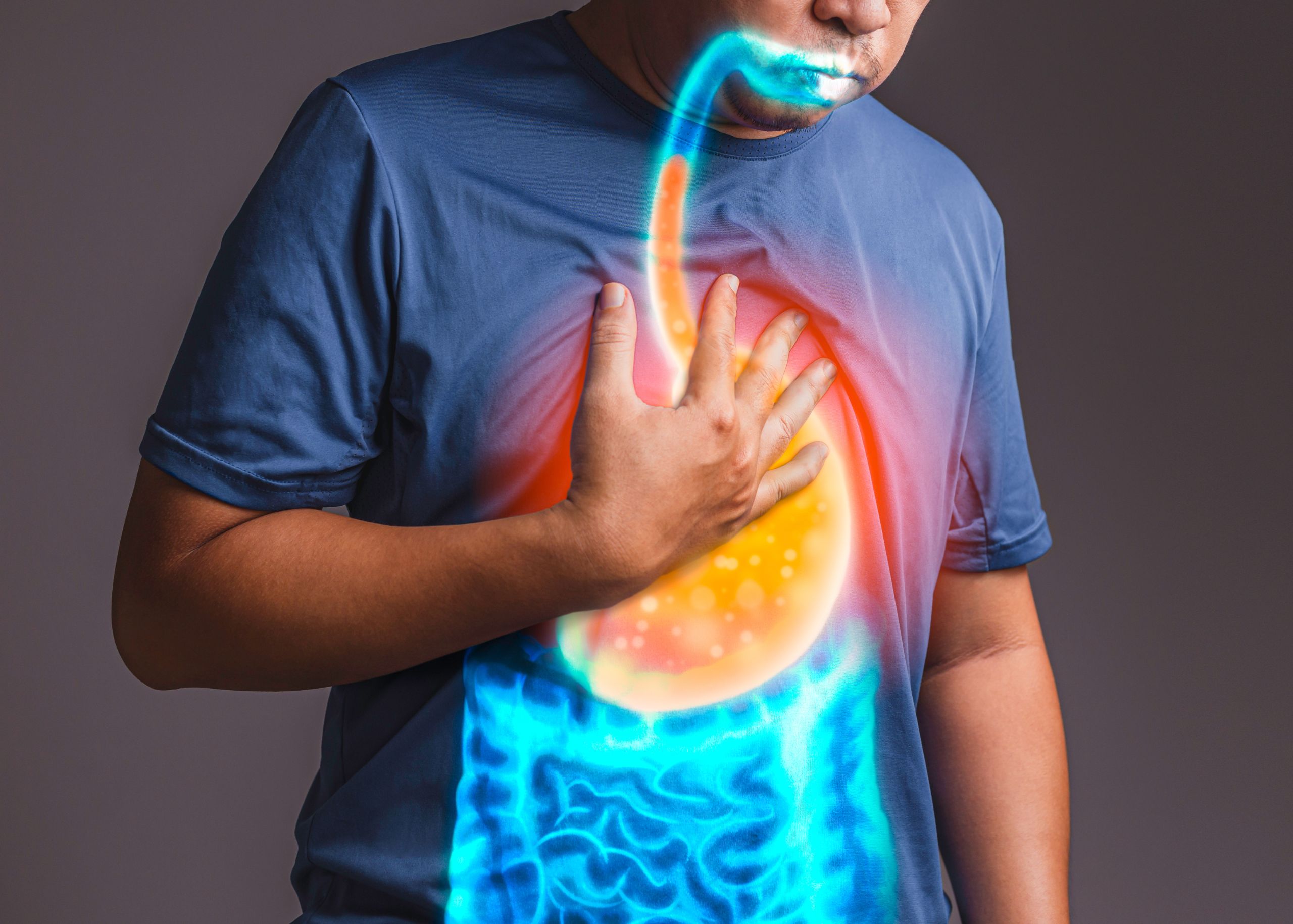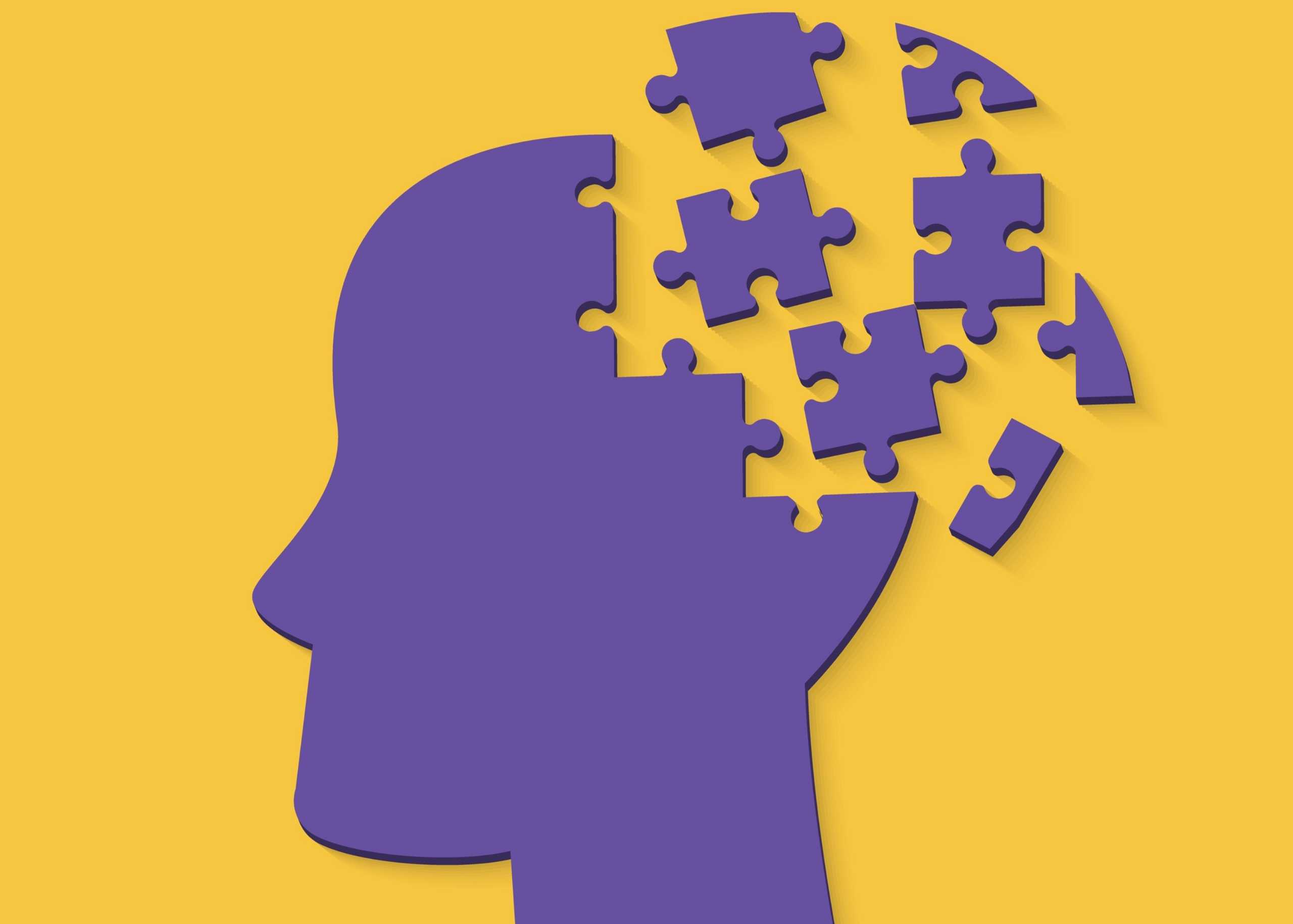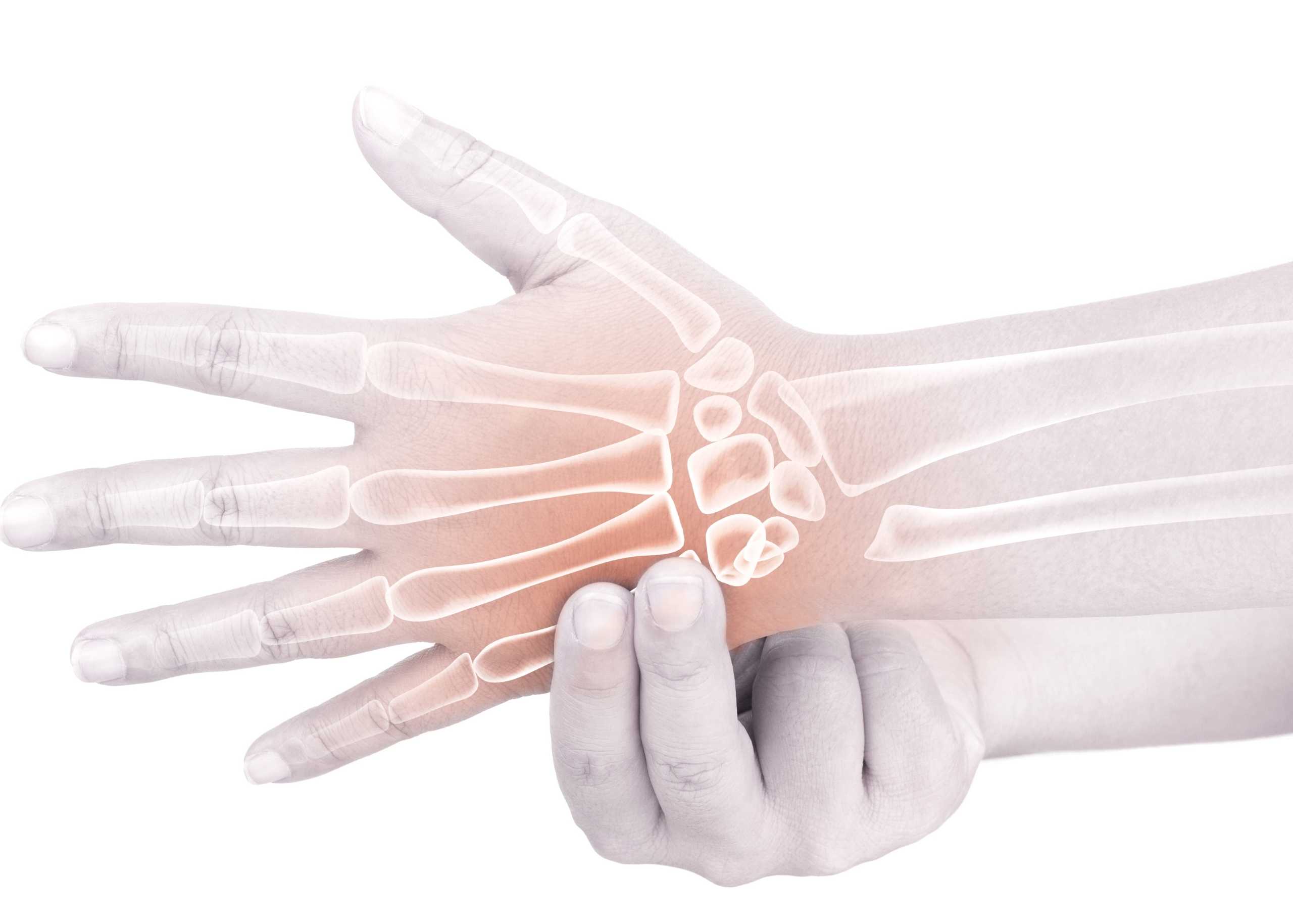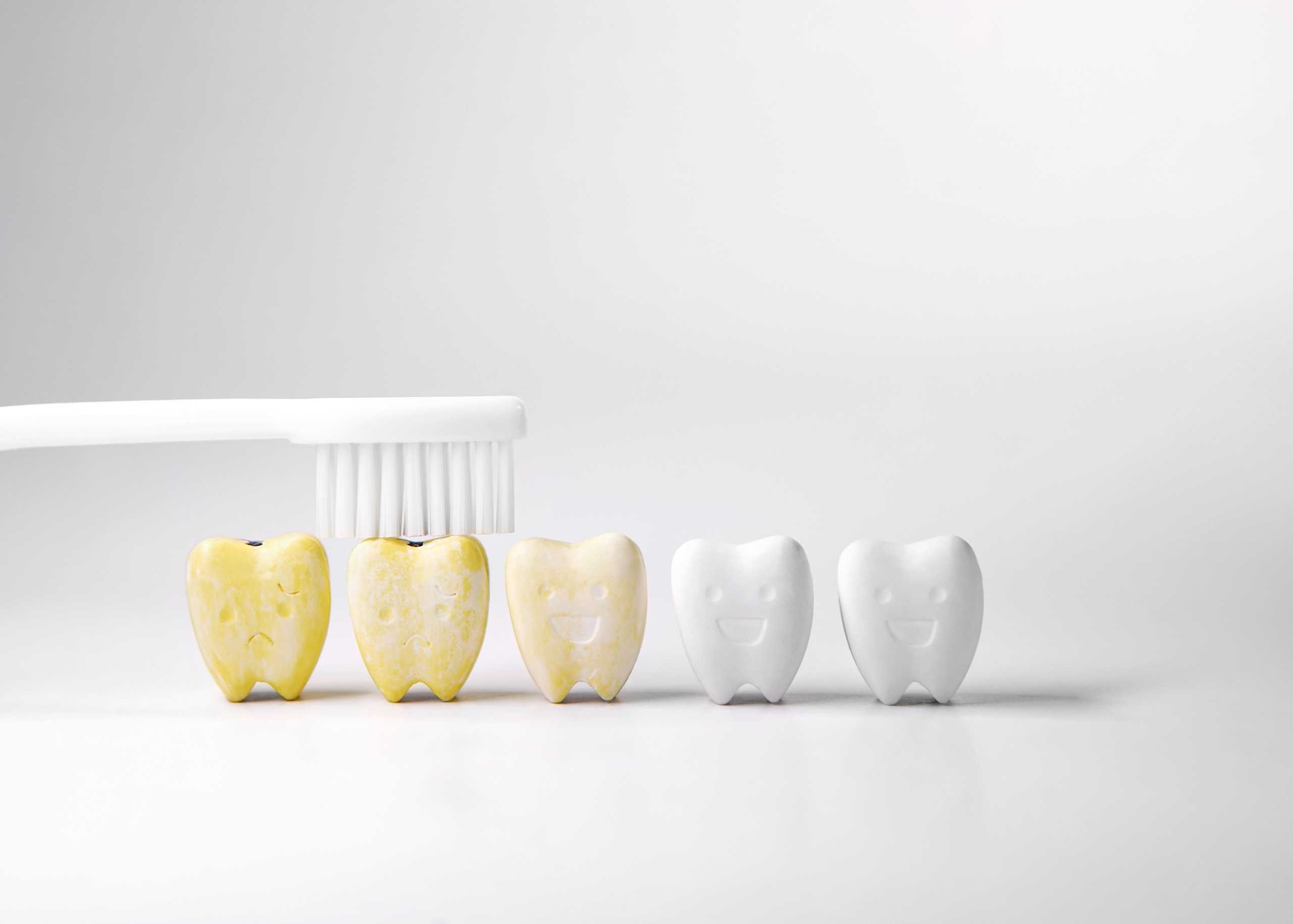What is Thumb Arthritis?
Thumb arthritis is a condition that causes the thumb joint to become inflamed and painful. It is usually caused by repetitive motion of the thumb, such as when you play an instrument or type on a keyboard.
The symptoms of thumb arthritis include pain, swelling, and tenderness in the base of your thumb (the attachment area where it meets your wrist). You may also notice that your thumb becomes stiffer than normal when you try to move it.
What Causes Thumb Arthritis?
Thumb arthritis is caused by a breakdown of the joint cartilage and surrounding ligaments, which leads to excessive wear and tear on the joint. This causes pain and limited motion in the joint.
The most common cause of thumb arthritis is osteoarthritis (OA) or degenerative joint disease (DJD). With OA, the protective cartilage layer that cushions your joints deteriorates over time due to age, injury, or overuse. This can result in bone rubbing against bone and causing pain.
What are the Signs and Symptoms of Thumb Arthritis?
The signs and symptoms of thumb arthritis include:
- Pain in your thumb joint when you move it or press on it
- Swelling in your thumb joint
- Stiffness in your thumb joint
- Decreased range of motion
- The enlarged or bony appearance of the joint at the base of your thumb
How is Thumb Arthritis Diagnosed?
Thumb arthritis is diagnosed through a physical exam, X-rays, and imaging tests.
To diagnose thumb arthritis, a doctor will first perform a physical exam. They’ll look at the range of motion in your thumb and test the strength of your grip by asking you to pick up small objects with your thumb. This will help them determine if there are any changes in how your thumb moves or feels compared to before you were experiencing symptoms.
Next, they’ll take an X-ray of your hand and wrist to assess whether changes in the bones or joints could be causing the pain. Suppose there are no obvious changes on the X-ray. In that case, they may recommend getting an MRI (magnetic resonance imaging) or CT (computed tomography) scan of your hand and wrist to provide more details about what might be causing your pain.
How is it Treated?
Thumb arthritis is treated with medication, physical therapy, and splinting. Based on the severity of the condition, surgery might also be required.
Medications for thumb arthritis include corticosteroids, nonsteroidal anti-inflammatory drugs (NSAIDs), pain medications, and sometimes even steroids. These are used to reduce inflammation and pain.
Physical therapy can help with range of motion exercises and strengthening exercises to keep your thumbs moving smoothly.
A splint is better handmade that keeps your thumb in proper alignment while it heals.
Several types of surgery can be performed on the thumb, depending on the nature of the injury.
Arthrodesis: This procedure involves removing as much bone as possible from a joint before setting it into its new position, ensuring it maintains its alignment even after healing. Arthrodesis can treat arthritis and other conditions affecting your thumb joint. This old procedure is still useful for heavy workers.
Trapeziectomy is another common type of surgery that involves removing only a portion of the bone rather than all of it. This type of procedure can be used to relieve pressure on nerves or tendons.
Osteotomy involves breaking the bone (usually at the joint) and then realigning it to improve alignment and reduce pain. In some cases, the joint is fused after surgery.
Arthroplasty: In this innovative surgery, the bone is replaced by an artificial implant that helps support your thumb during movement and prevents further damage from occurring because of osteoarthritis or other conditions affecting your joints. It preserves the length of the thumb and its strength.
How Can I Prevent it from Getting Worse?
To prevent the condition from worsening, you should start by taking care of your thumb joint. This means avoiding activities that may cause further damage to your joints. If you have a job that involves repetitive motion of your hands, try to reduce the amount of time spent performing those motions. You may also want to try using a splint at night to stabilize the joint while you sleep.
You can also help prevent thumb arthritis from worsening by adopting an exercise routine that strengthens your hand and wrist muscles. Exercises help increase blood flow to your fingers and joints and improve flexibility, which will help reduce stress on the injured joint.
Finally, suppose symptoms persist after these steps have been taken. In that case, it’s important to see a doctor specializing in hand conditions (such as a physical therapist or orthopedic surgeon) for further evaluation and treatment options.
If you’re suffering from arthritis of your thumb, our hand surgeons at Burjeel SOS Hand Center in Dubai will work closely with you to determine which procedure suits your needs. We offer minimally invasive surgical procedures that allow us to treat patients without opening up their wounds or making long incisions during surgery. This means less pain, less scarring, and better results!
Expert Hand Surgeon in Dubai

Dr. Marouane BouloudhnineConsultant Orthopedics Surgeon
Years of Experience: 22
Nationality: France
Languages Known: Arabic, English, French, Italian
Book Appointment
Press & Media
UAE becomes the first Gulf country to offer artificial joint replacement of the thumb








